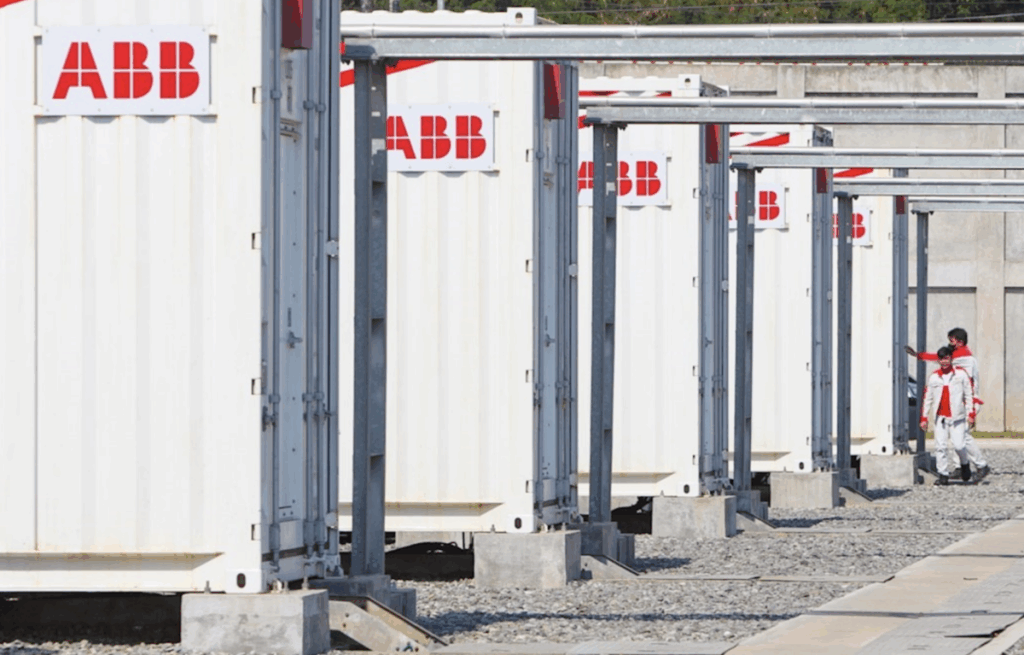With zero in advance investments, American companies can optimize energy costs, improve uptime and access new income flows under the Battery Energy Storage System-a-A-Service (Bessaas) model.
Meet the Bessaas model. Under this approach, companies have access to energy storage behind the meter via a subscription -based model with which they can prevent significant capital expenses, while still providing the benefits of battery storage.
“What you have seen in recent years is really an increased focus on resilience of the energy system as an operational necessity,” said Matthew Wise, the vice -president and head of strategy and business development at ABB Electrification Services, said PV Magazine USA. “Companies that have historically focused on resilience, business risks and cyber security are now starting to think about their energy systems in a similar way.”
Wise said that many customers do not necessarily want their own energy storage system. Instead, they want the results and benefits of having a battery.
That is where Bessaas comes in. He said that service providers such as ABB can work with customers to assess their needs, goals and possible use cases to determine whether it is useful to install a battery, and if so, what kind.
That third party then deals with everything, from system design and EPC to continuous optimization and maintenance, including performance guarantees.
Wise often said that customers will conclude a long -term contract from 15 to 20 years with the provider.
“Instead of sailing the Capex, having exposure on their balance sheet and looking for the return to come for a longer period,” said Wise, “customers pay a three -month subscription costs that they can book as opex in contrast to Capex.”
Day-One Returns are the beauty of Bessaas, Wise said.
“You can generate more income from energy markets and lower the costs by a larger amount than the actual quarterly reimbursement of the battery,” Wise added.
In addition to the benefits of the turnover and the potential to enter into roster services, such as peak shears, the model offers daily operational security through performance garances and guaranteed power availability.
Although heavy industries such as steel and glass blowing are coming to mind for the first contenders for Bessaas, Wise said that some of the most common use cases he has seen so far have surprised him.
“We found these interesting alternative opportunities,” he said, in which he explained that, when exploring alternatives to distracting methane, some oil and gas companies considered to use the gas to power generators and to reconcile electricity to the grid. But, he said, installing batteries as part of a Bessaas would have those sites turn into flexible assets that can participate in the energy market.
Other emerging applications include bypassing interconnection, data centers, EV -Laadhubs and distributed portfolios with oversized solar energy.
While Bessaas is spreading, Wise said that it will be an important part of the energy transition.
“Batteries are the first step,” he said. “Then some PV comes along. But what about heat pumps, flexibility or DC chargers?”
“You can be refined with this type of approach,” he said.
This content is protected by copyright and may not be reused. If you want to work with us and reuse part of our content, please contact: editors@pv-magazine.com.

